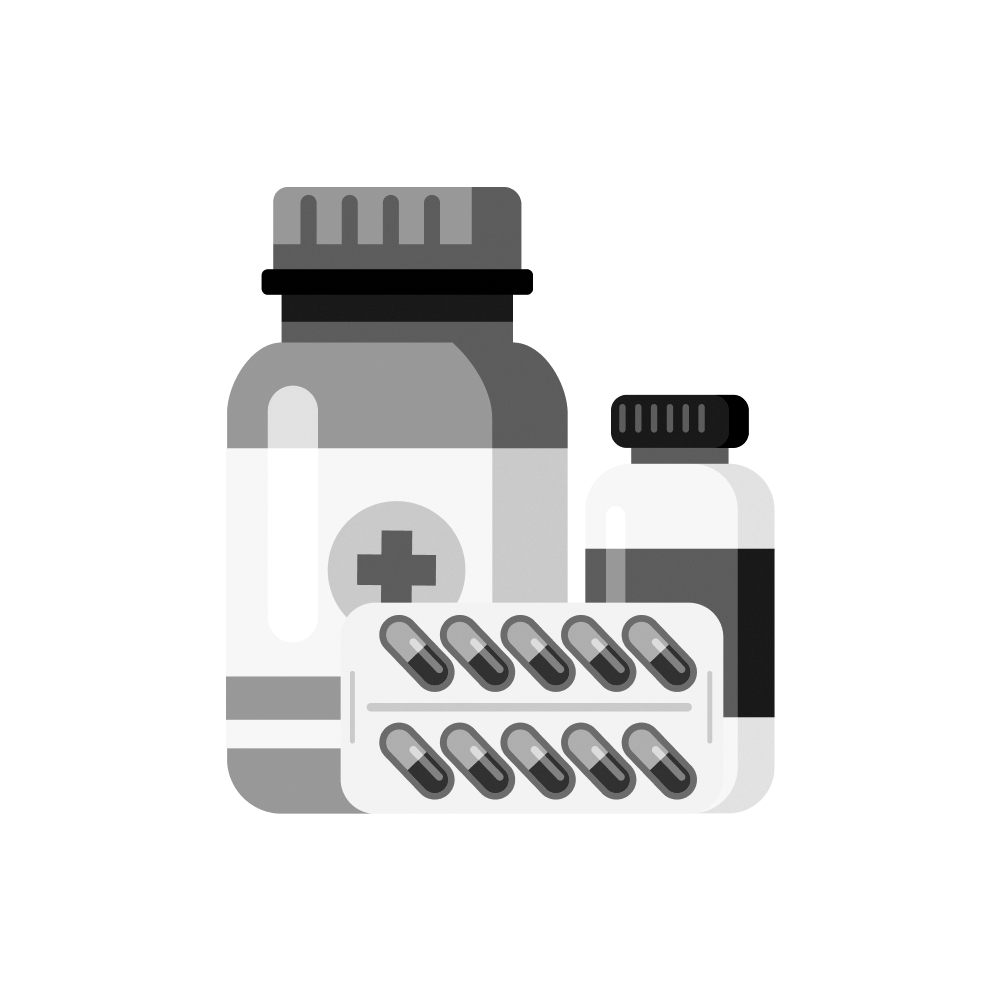

Out of stock
Safety Advices
বাংলা
English
CONSULT YOUR DOCTOR
Elidel may be unsafe to use during pregnancy. Although there are limited studies in humans, animal studies have shown harmful effects on the developing baby. Your doctor will weigh the benefits and any potential risks before prescribing it to you. Please consult your doctor.
SAFE IF PRESCRIBED
Elidel is safe to use during breastfeeding. Human studies suggest that the drug does not pass into the breastmilk in a significant amount and is not harmful to the baby.
Medicine Overview of Elidel 30gm Cream
Introduction
Elidel is used to treat eczema (atopic dermatitis). It works by suppressing the activity of certain immune cells that cause inflammation (redness and swelling) of the skin. This relieves itching and improves rashes in atopic dermatitis. Elidel is used for external use. It should be used 2-4 times a day on the affected area or use it as suggested by the doctor. It should be applied slowly and evenly to the skin until it is rubbed in. You should not use it too often and you should not cover the treated area with a bandage or plaster. You must inform...
... Show moreUses of Elidel
- Atopic dermatitis
Side effects of Elidel
Common
- Application site reactions (burning, irritation, itching and redness)
How to use Elidel
This medicine is for external use only. Use it in the dose and duration as advised by your doctor. Check the label for directions before use. Clean and dry the affected area and apply the cream. Wash your hands after applying, unless hands are the affected area.
How Elidel works
Elidel is an immunosuppressant. It works by suppressing your body’s immune response.
Quick Tips
- Elidel is effective at treating eczema (atopic dermatitis) when other treatment options have failed.
- Apply thinly, to affected areas of skin only. Clean the affected area and dry well before applying Elidel. Avoid contact with water (shower, swimming) right after application.
- Clean the area to be treated with water and a non-medicated soap, and let it dry completely before applying Elidel.
- Don't cover the area being treated with airtight dressings such as bandages unless directed by a doctor, as this may increase the risk of side effects.
- Inform your doctor if there's no improvement even after two weeks of treatment, or if the skin gets worse.
- Stop using Elidel and consult your doctor if your eczema becomes infected.
- Continuous long-term use of the ointment should be avoided. Use as prescribed by you doctor.
Brief Description
Indication
Atopic dermatitis, Eczema
Adult Dose
Topical/Cutaneous
Atopic dermatitis
Adult: As 1% cream: Apply a thin layer onto the affected areas bid. Stop treatment if there is no improvement after 6 wk or if there is worsening of eczema.
Hepatic impairment: Dosage reduction is necessary.
Child Dose
Topical/Cutaneous
Atopic dermatitis
Child: >2 yr: Apply a thin layer of 1% cream onto the affected areas bid. Stop treatment if there is no improvement after 6 wk or if there is worsening of eczema.
Hepatic impairment: Dosage reduction is necessary.
Renal Dose
Renal impairment: Dosage reduction is necessary.
Contraindication
Hypersensitivity; children <2 yr; immunocompromised patients. Patients with Netherton's syndrome.
Mode of Action
Pimecrolimus is a macrolactam and is a derivative of ascomycin. It is an immunosuppressant which inhibits the activation of T-cells and prevents the release of inflammatory mediators from mast cells. It is used for the short term or intermittent long term treatment for mild to moderate atopic eczema.
Precaution
Avoid use in areas affected by active, cutaneous viral infections. Avoid contact with the eyes and mucous membranes. Immunosuppression may increase risk of lymphoma and other malignancies. Limit exposure to sunlight or other UV light. Mild to moderate sensation of warmth and/or burning may occur at the treatment site within 1-5 days of initiation. Safety of usage beyond 1 yr is not established. Renal or hepatic impairment. Monitor renal, hepatic, cardiac and visual functions, BP, serum glucose and electrolytes regularly. Pregnancy, lactation.
Lactation: not known whether distributed in breast milk; may cause unwanted effects in nursing babies
Side Effect
>10%
Burning sensation (2-26%),Headache (7-25%),Fever (1-13%),Nasopharyngitis (8-27%),Cough (2-16%),Bronchitis (<11%),Upper respiratory tract infection (4-19%)
<1%
Basal cell carcinoma of skin,Malignant melanoma,Squamous cell carcinoma,Malignant lymphoma,Septic arthritis,Skin discoloration,Eczema,Flushing,Ocular irritation
Frequency Not Defined
Skin infection,Rash,Application site pain,Paraesthesia,Desquamation,Dryness
Interaction
Inhibitors of cytochrome P450 3A4 isoenzyme in patients with widespread and/or erythrodermic disease.
Potentially Fatal: Increased risk of infections when used with live vaccines.